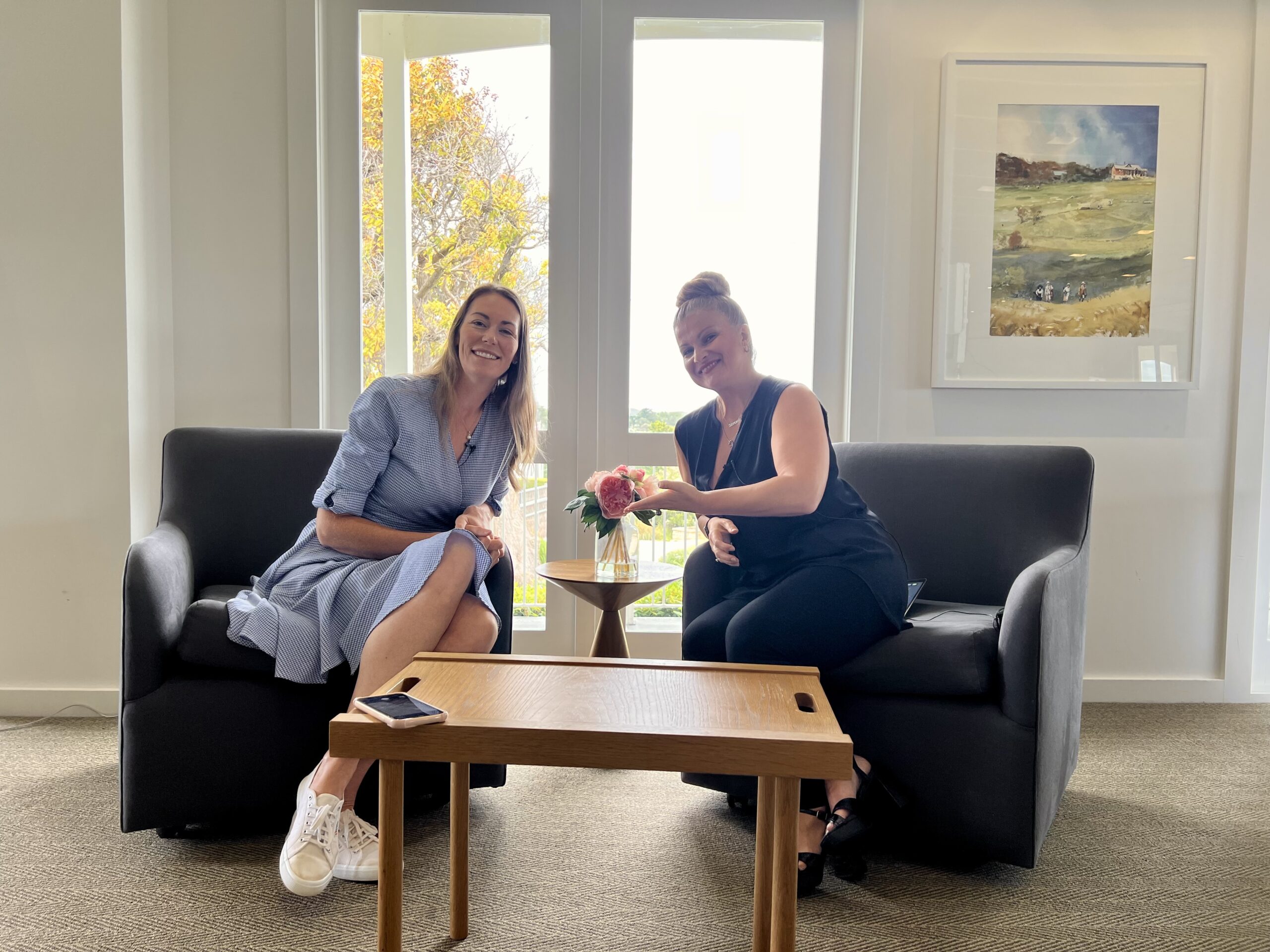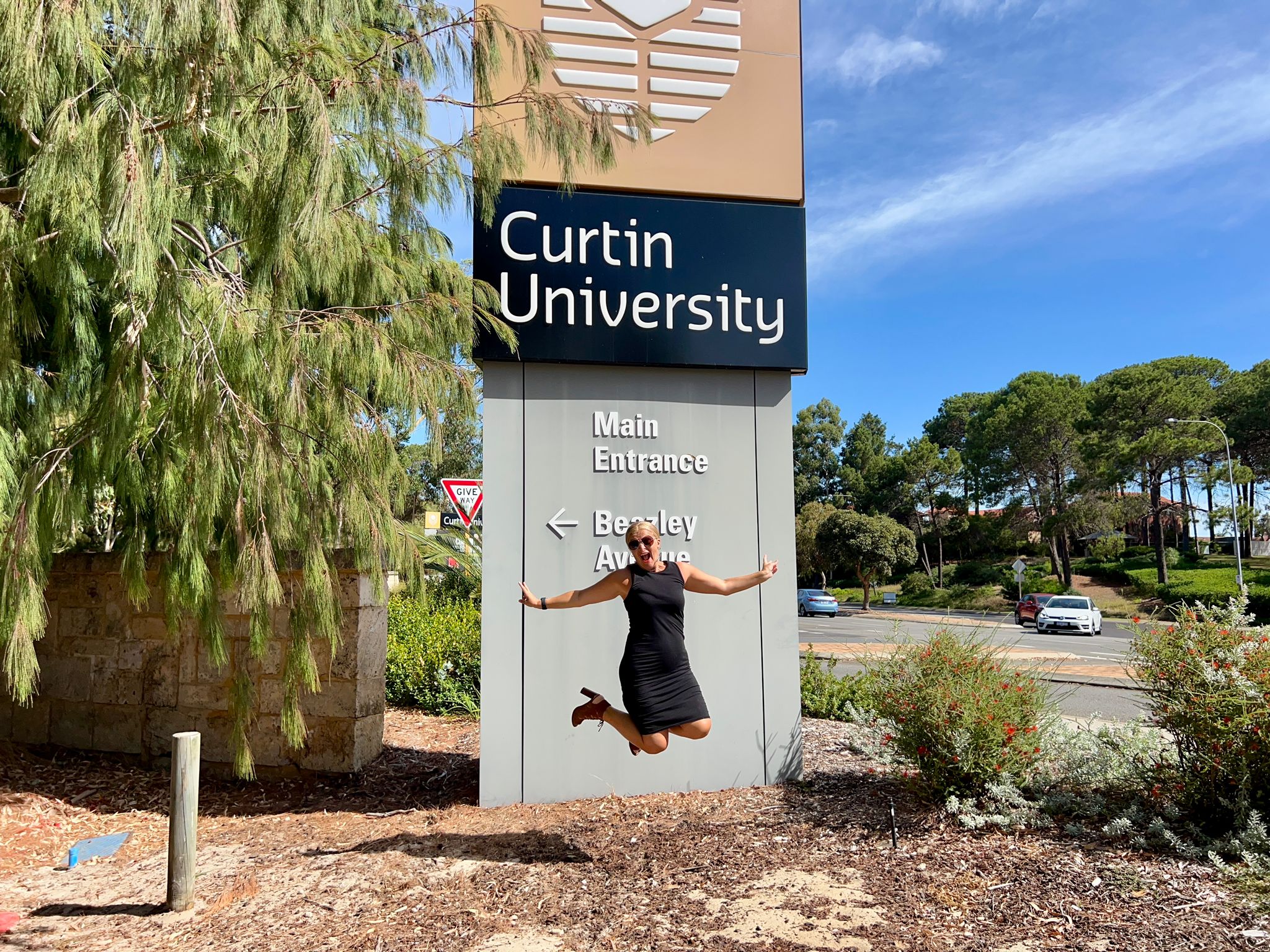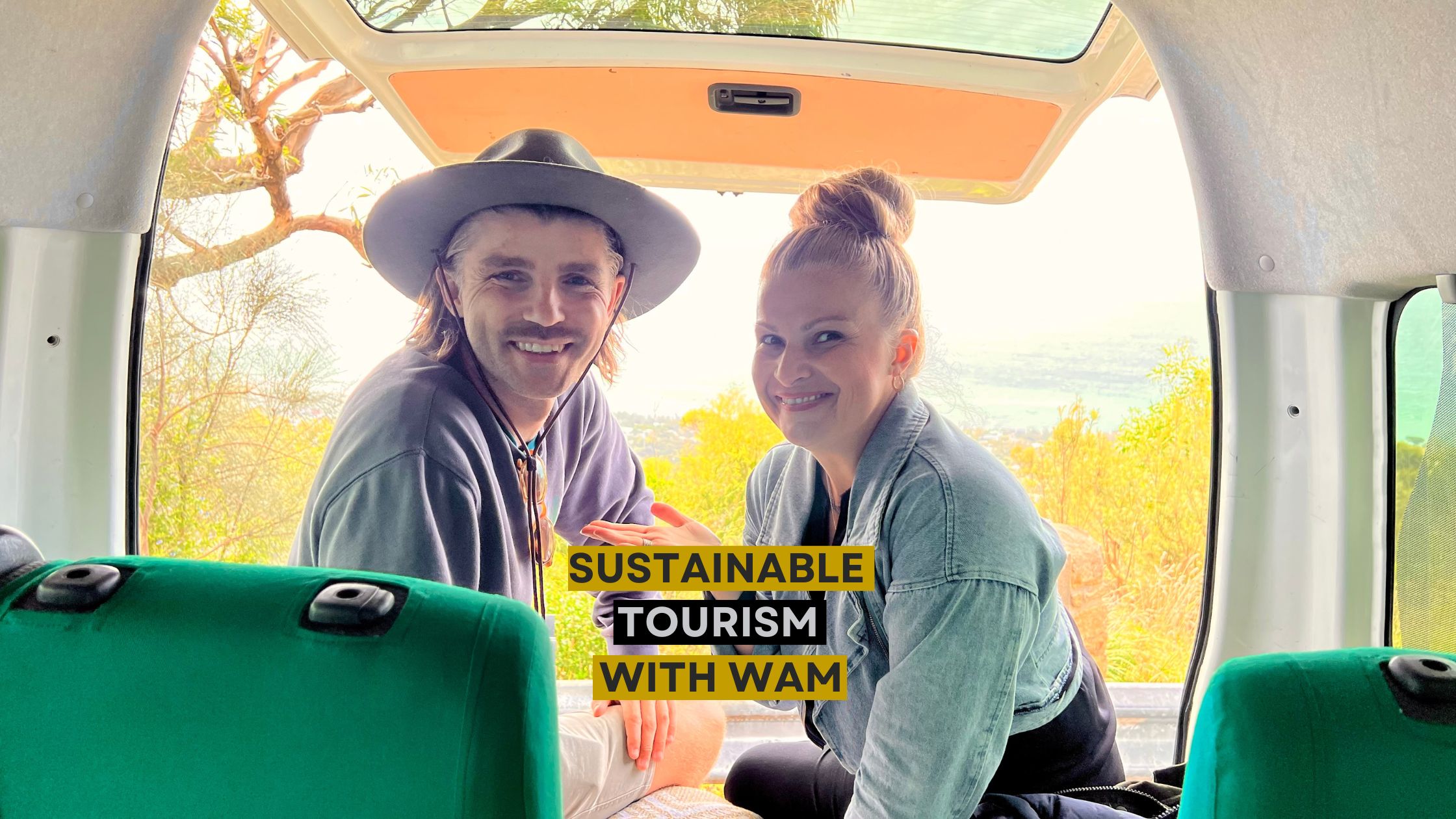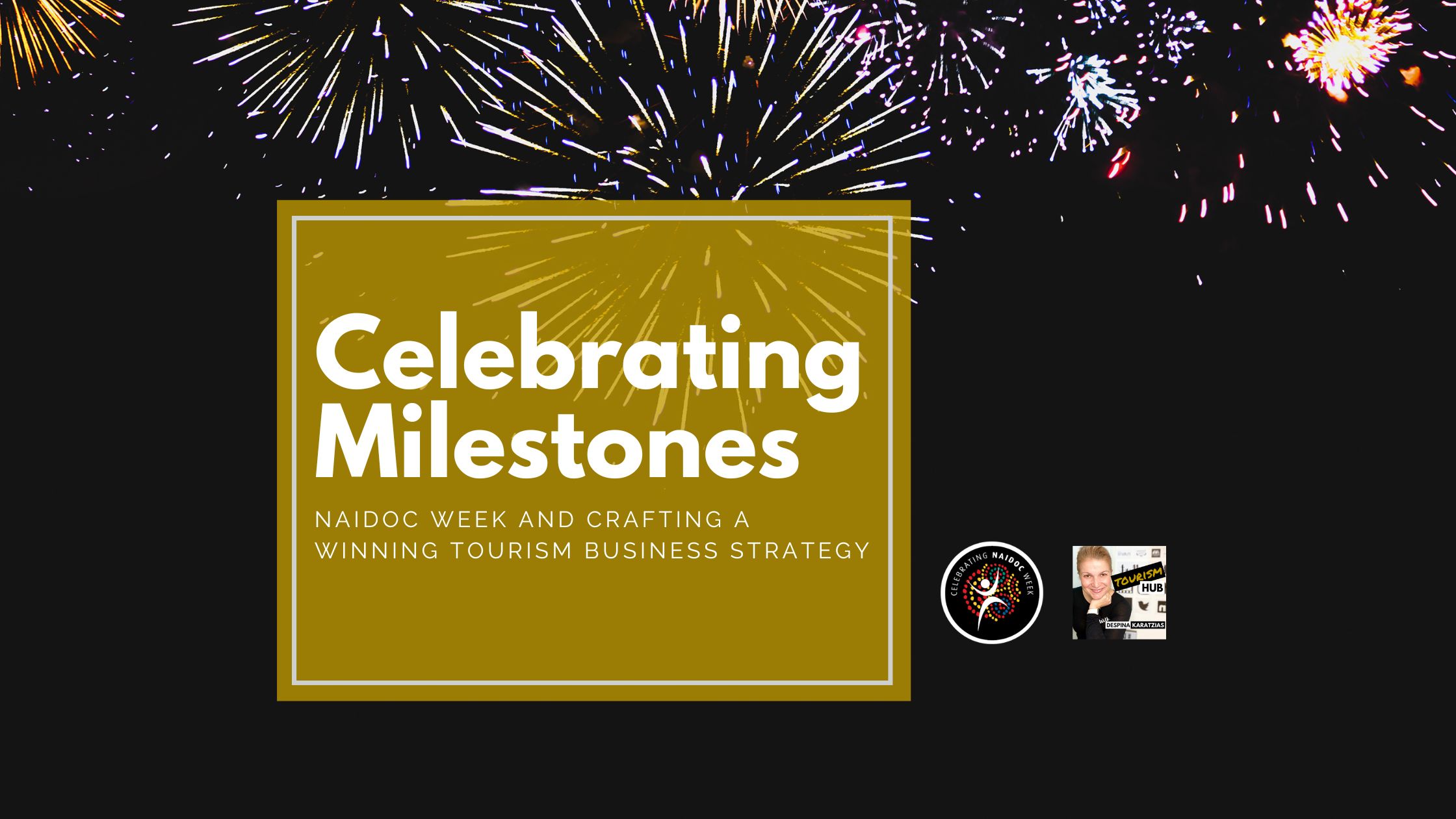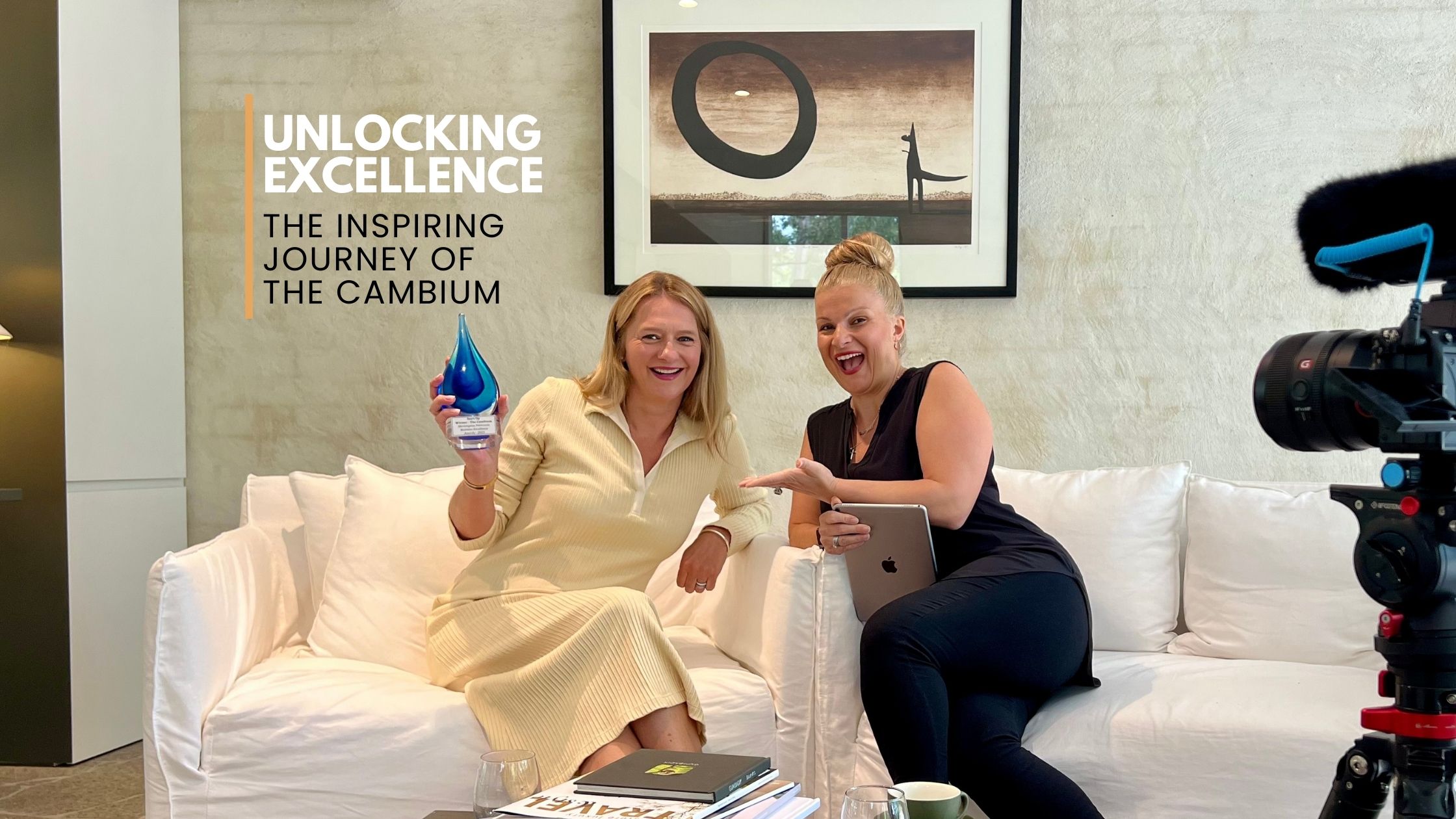Rest assured you don’t have to be a tech geek to know how Search Engine Optimisation (SEO) can drive traffic to your website, increase awareness, build demand, authority, and trust. But, to reap these rewards, you must understand how SEO works. Don’t worry, the art of findability is less complicated than you think and this SEO for (Non-Techie) Small Business article has been created to help you get started on a very important online marketing strategy for your business.
It’s true if you want to hide a dead body put it on page two of Google. Yep, for your business to effectively use the benefits of website and search engine optimisation it must be easily found, especially on the world’s biggest search engine, Google!
Full disclosure… it takes work and commitment to do this and like most things in life and business your success is directly correlated to the work and effort you put in. In other words, the guiding light to direct your customers to your website must come from you. To do this simply be there, be helpful and be FINDABLE!
When it comes to SEO you will be excused and well within your rights to feel confused. There’s a huge amount of information about SEO out there and I have written about the topic of search engine optimisation before.
If, like many small business owners and marketers, any type of online optimisation is not your forte, there are no more excuses to not take the time to learn.
But where do I start?
Taking the time to read this article an excellent beginning (high five). The good news, SEO doesn’t have to be complicated. It’s something that anyone can do and you don’t have to spend huge amounts of time putting it into place.
First thing’s first…
Content marketing and search engine optimisation go hand in hand: No matter how much great content you release into the wild, it’s not going to do you any good unless people can find it; and if you want people to be able to find it, you need a good SEO game plan.
To simplify and help you get started here are six simple suggestions to optimise your site and help it to rise through the rankings. The suggestions won’t take forever, they’re not technically complicated, and when combined, they can be extremely powerful.
1. Create Good Content
Making good content is at the top of the list for a reason. Your content matters. Good, clear, useful content will lower your bounce rate (the proportion of visitors who leave your site within seconds of arriving), and turn casual visitors into long-term fans and followers.
Having better content in itself will pay dividends, as you’ll be more likely to convert visitors into customers. Additionally, a low bounce rate is a positive signal to search engines, and will help move your site up in almost all search engine rankings.
Not sure how to improve your content? A good, simple strategy to start with is to:
- Tap into what are the most frequently asked questions in your business? This is content gold to inspire you to create that first blog or series of blogs that can translate into videos, an eBook or your own version of a webinar…I’m getting excited for you, can you tell?
- Take a good look at your competitor’s website. What do they do, what don’t they do and what CAN you do to fill in the gaps? Your goal should be to make your layout clearer and your content more comprehensive than what already exists. Or, in some cases doesn’t exist at all. Put on your best investigative journalist hat and work out what question their site doesn’t answer, then answer it on yours.
- Talk to your customers. Make an effort to regularly ask not only how they found you, what was it that separated you from others and why, ultimately did they choose you?
2. Decide on Your Keywords
Keyword research doesn’t have to be a long, complex process. It can be as simple as jotting down some notes on a piece of paper. You’ve heard it before put yourself in the shoes of your customers, I want you to wear their hat and tap into their thoughts. What are they looking for? Grab a pen and write down everything you’d enter into a search engine if you were looking for that same thing. Better still, ask them!
Once you’ve got a list, you can identify the most valuable keywords using a free keyword research tool. There are dozens of these available online. Moz hosts a keyword tool that’s comprehensive, and extremely simple to use.
Another great freemium available to you is SEM Rush. Spend a little time whittling down your list, until you’ve got a handful of keywords that are relevant, and powerful. Having just a few keywords makes it easier to work them into your content, and start to focus your optimisation efforts.
3. Work Your Images
Images are a valuable asset for SEO. If you don’t tend to include images in your posts, consider starting. Images grab the attention of readers, and help to break up and enliven text-heavy posts.
Additionally, images provide loads of SEO juice. Everything from the filename to the alt-text can be edited to include one or two relevant keywords, and to give search engine bots more material to index when crawling your site.
Here’s a quick checklist of suggestions for images on your site:
- Make sure they’re an appropriate size – huge images will take too long to load
- Give them an appropriate filename – which might include a relevant keyword
- Make sure to include alt-text – again, you can include a keyword
- Fill in a description for the image – doing so helps users with access needs, but can also be relevant for search
These suggestions should be relatively easy, whatever Content Management System you use. If it’s not immediately apparent how to edit the alt-text and description of images on your site, check the help documents for your Content Management System or ask your web developer.
A great source of beautiful, professional images and where I have sourced images to sprinkle in this blog is Pixabay. Although you don’t have to credit the photographer, it is always a great thing to give credit where credit is due and Pixabay give you code to add the photographers credentials for every image.
4. Work on Backlinks
Backlinks are links back to your site from other related sites. Not all search engines prize backlinks as dearly as they once did, but they are still immensely valuable. So how do you actually go about setting up and curating backlinks?
One way is through social media. By connecting with other experts in your field, you can build relationships and encourage them to read your content – something that will naturally result in citations and backlinks. Another way is by offering to guest post on reputable sites. Guest posts can contain a link or two back to your site, and will help build your reputation as well as your domain authority.
Think of your local business community. Are there services, products and people that you could add value to and collaborate with by guest posting on their website or vice versa. You will not only be participating in smart collaboration you will also be practicing world class search engine optimisation and backlink magic.
Another excellent (and free) SEO and backlink resource for you is UberSuggest. This is the brain child of SEO master Neil Patel. Backlinks are one of the most critical parts to Google’s algorithm, they are also hard to build them. With this tool you have the ability to see the exact content in your space that people are linking to. Then you can approach each of these sites and ask them to link to you.
As well as giving you a domain overview, top SEO pages, keyword suggestions and generate content ideas this is all you need to come up with an action plan for improving your link profile and understand which links will have the most impact on your rankings.
Be aware, though, that quality matters when it comes to backlinks. Avoid link directories and spammy or irrelevant sites. Getting lots of backlinks by using low-quality link directories might feel like a victory, but a connection to a site with a poor reputation will do you more harm than good.
5. Link Up Internally
Once a visitor is on your site, you want them to stay there. As such it’s important to link up your content in relevant and meaningful ways. One of the best ways to keep visitors on your site is to suggest related content at the end of a given post. Internal links help your visitors to find what they want, and they also result in longer sessions. Longer sessions are, again, a huge positive signal to search engines.
Always be mindful about the user experience and internal links within your post content aren’t a substitute for clean, clear navigation. While linking your content together, make sure it’s also easy for visitors to navigate your site using your main navigation menu.
6. Measure and Always Be Improving
Finally, if anything you do online is not measured, it’s not managed. In other words it’s important to measure your results. Doing so is relatively simple with Google Analytics, or any similar analytics plugin. The information plugins such as these will help refine your approach to all the other items on the above list.
Knowing the search queries that bring visitors to your site can help you refine your keywords. Knowing what pages people visit most often can define your internal link strategy. And seeing how many visitors you get from each backlink can help determine your future backlink building plans.
Measure everything.
And use the results of your measuring to improve little by little. Apart from anything else your analytics will show you how quickly your site is growing.
In summary…
SEO doesn’t have to be complicated. It doesn’t have to take hour upon hour of work and learning. You can start optimising your site today, using the simple tactics outlined above:
- Make good content
- Decide on your keywords
- Work your images
- Work on backlinks
- Link up internally
- Measure and always be improving
With a little work and some patience, it won’t be long before you start to see results. The most important thing is starting.
If you want more SEO education and keep leveling up your search engine optimisation, contact Despina (
de*****@in*******************.com
) to express your interest and be granted access to a free Online SEO Masterclass for Small Business.




